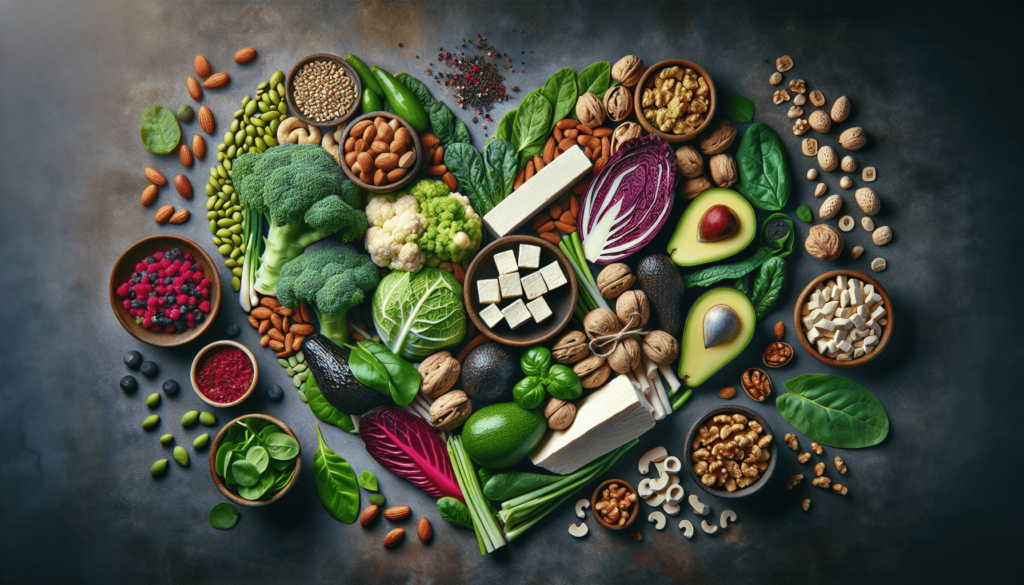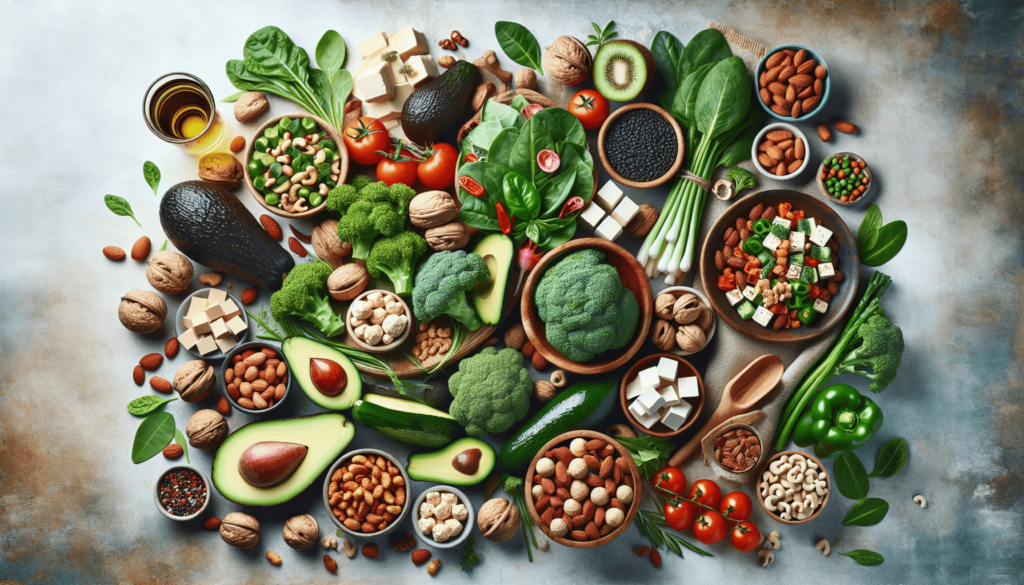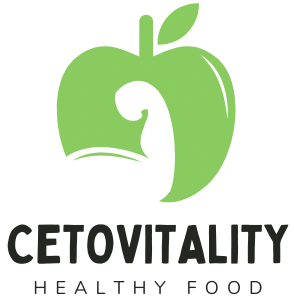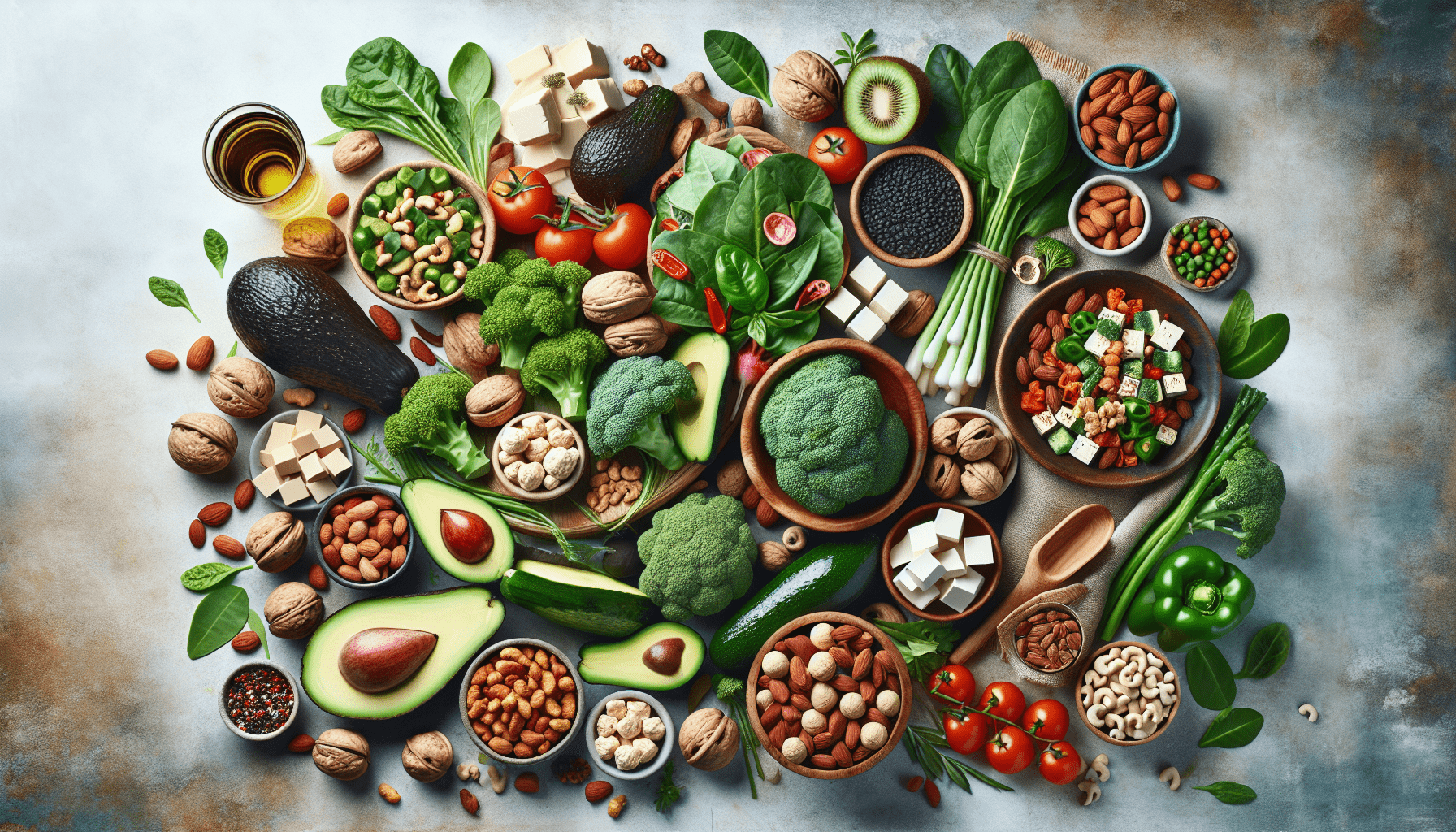Embarking on a keto journey doesn’t mean you have to leave your vegetarian preferences at the door, especially with “Vegetarian Keto: A Complete Recipe Guide for Plant-Based Low-Carb Diets” by your side. This treasure trove of knowledge is specially designed for you, offering a plethora of valuable insights into melding the principles of ketogenic eating with a plant-based approach. Within its pages, you’ll discover everything from how to get started and maintain your keto journey, to overcoming challenges like the keto flu and dining out, all while ensuring your meals are as delectable as they are nutritious. With step-by-step guides, profiles of keto-friendly products, and inspiring success stories, this guide aims to educate and support you in adopting a fulfilling keto lifestyle that harmonizes perfectly with your vegetarian values. So, prepare to enrich your diet and life with this essential guide, empowering you to enjoy the best of both worlds without compromise.

Your Keto Journey Begins! Download the Recipes!
Understanding Vegetarian Keto
Defining the Keto Diet
The Keto diet is a low-carb, high-fat diet designed to put your body into a state of ketosis, where it burns fat for energy instead of carbohydrates. It’s a metabolic state where your body becomes incredibly efficient at burning fat, which can lead to weight loss, increased energy, and improved mental clarity.
The Basics of a Vegetarian Keto Diet
Embarking on a Vegetarian Keto diet combines the principles of ketosis with a plant-based eating philosophy. This means consuming low-carb vegetables, high-quality fats, and a moderate amount of protein from vegetarian sources. It’s all about finding the right balance to encourage your body to enter ketosis while abstaining from animal products.
Balancing Macronutrients on a Plant-Based Keto Diet
Your goal on a plant-based keto diet is to balance your intake of fats, proteins, and carbs. A general guideline is to aim for about 5-10% carbohydrates, 20-25% protein, and 65-75% fats. This balance might require careful planning to ensure you’re getting enough protein and fat from vegetarian sources without consuming too many carbs.
Benefits and Challenges of a Vegetarian Keto Lifestyle
Adopting a vegetarian keto lifestyle can offer numerous health benefits, including weight loss, improved heart health, and potential protection against certain diseases. However, it also comes with challenges, such as ensuring adequate protein intake, finding sufficient keto-friendly vegetarian food sources, and managing the social aspects of dietary restrictions.
Getting Started with Vegetarian Keto
Essential Kitchen Tools and Equipment
To make your vegetarian keto journey easier, stock your kitchen with some essential tools: a high-quality blender for smoothies and soups, a spiralizer for making vegetable noodles, and a good set of knives for prepping veggies. These tools can help make meal preparation more efficient and enjoyable.
Pantry Staples for Vegetarian Keto
Your pantry should include coconut oil, olive oil, nuts and seeds, low-carb vegetables (like leafy greens, zucchini, and cauliflower), and plant-based protein sources (such as tofu, tempeh, and seitan). Also, stock up on sweeteners like stevia or erythritol, and flours like almond or coconut flour for baking.
Understanding Keto-Friendly Plant-Based Proteins
Proteins are crucial on a vegetarian keto diet. Focus on high-protein, low-carb plant-based options like tempeh, tofu, seitan, and lupini beans. Incorporating these into your meals ensures you’re meeting your protein needs without overdoing it on carbs.
Tips for Meal Planning and Prep on a Vegetarian Keto Diet
Meal planning and prep can save you time and help you stick to your diet. Start by planning your meals for the week, focusing on incorporating a variety of protein sources and low-carb vegetables. Prep ingredients ahead of time, so assembling meals during the week is a breeze.
Vegetarian Keto Breakfast Recipes
Keto-Friendly Smoothie Bowls
Start your day with a refreshing smoothie bowl. Use a base of avocado and coconut milk for fat, add a handful of spinach or kale for nutrients, and sweeten with a keto-friendly sweetener. Top with seeds and nuts for extra protein and crunch.
Low-Carb Avocado Egg Bites
These are easy to make and perfect for meal prep. Blend eggs with avocado and your choice of herbs, pour into muffin tins, and bake. They’re packed with healthy fats and protein to keep you energized.
Vegan Keto Pancakes
Prepare these with almond flour and flaxseed meal to keep them low in carbs but high in omega-3s. Use a plant-based milk and keto-friendly sweetener for a delicious, fluffy breakfast treat.
Chia Seed Pudding Variations
Mix chia seeds with coconut milk and let sit overnight. In the morning, add toppings like nuts, seeds, and low-carb fruits. Experiment with flavors like vanilla, cinnamon, or cocoa powder.
Lunch Ideas for Vegetarian Keto
Zucchini Noodle Salad with Avocado Dressing
Swap traditional pasta for zucchini noodles and toss with a creamy avocado dressing. Add in some cherry tomatoes and olives for a Mediterranean twist.
Keto Cauliflower Rice Sushi Rolls
Use cauliflower rice as a low-carb base, then fill with avocado, cucumber, and your favorite keto-friendly veggies. Roll up and serve with tamari sauce for a satisfying lunch.
Hearty Keto Vegetable Soup
Make a big batch of vegetable soup using low-carb veggies like broccoli, cauliflower, and zucchini. Add in coconut cream for richness and top with pumpkin seeds for added protein.
Vegan Keto Tacos with Walnut Meat
Use walnuts and spices to create a tasty, taco “meat” that’s completely plant-based. Serve in lettuce wraps with avocado, salsa, and dairy-free sour cream.

Dinner Recipes for Vegetarian Keto
Eggplant Lasagna
Layer slices of grilled eggplant with marinara sauce, vegan ricotta, and fresh basil for a comforting, keto-friendly dinner that will satisfy even the most stringent pasta lover.
Vegetarian Keto Stir-Fry with Tofu
Stir-fry tofu with a variety of low-carb vegetables like bell peppers and broccoli. Use a keto-friendly sauce like tamari and sesame oil for flavor.
Portobello Mushroom Steaks
Marinate portobello mushrooms in a mixture of olive oil, balsamic vinegar, and garlic, then grill or bake. Serve with a side of roasted asparagus for a hearty meal.
Cauliflower Crust Pizza with Low-Carb Toppings
Create a pizza crust from cauliflower and top with keto-friendly toppings like tomato sauce, olives, arugula, and vegan cheese. It’s a delicious way to enjoy pizza night without the carbs.
Snacks and Appetizers
Keto-Friendly Hummus Variations
Make hummus with low-carb ingredients like cauliflower or zucchini instead of chickpeas. Flavor with tahini, lemon juice, and garlic for a tasty dip.
Zucchini Chips
Slice zucchini thinly, lightly coat with olive oil, and season. Bake until crisp for a crunchy, satisfying snack.
Avocado and Veggie Roll-Ups
Spread avocado on thinly sliced cucumber or zucchini, add some sprouts or greens, roll up, and enjoy a fresh, hydrating snack.
Nut and Seed Keto Crackers
Mix together almond flour, flaxseed meal, and a variety of seeds. Roll out thin, cut into squares, and bake for a crunchy, protein-rich snack.

Keto-Friendly Desserts
Avocado Chocolate Mousse
Blend avocado with cocoa powder, a keto-friendly sweetener, and a splash of vanilla for a rich, creamy dessert that’s surprisingly healthy.
Keto Vegan Brownies
Use almond flour and cocoa powder for the base, a keto-friendly sweetener, and bind with flax eggs for a chewy, satisfying treat.
Coconut Milk Ice Cream
Blend coconut milk with your choice of keto-friendly sweetener and freeze. Add flavors like vanilla or cocoa, or mix in keto-friendly mixins like nuts or berries.
Almond Flour Shortbread Cookies
Combine almond flour, coconut oil, and keto-friendly sweetener for a simple, tasty cookie that goes perfectly with a cup of tea.
Adapting and Overcoming Common Challenges
Dealing with Keto Flu
The keto flu can hit as you transition into ketosis. Stay hydrated, replenish your electrolytes with sodium, potassium, and magnesium, and rest as needed. It typically passes within a few days.
Eating Out on a Vegetarian Keto Diet
When dining out, look for salads, vegetable-based dishes, and ask to substitute high-carb items with low-carb alternatives like extra vegetables. Don’t be shy about asking for modifications to suit your diet.
Fighting Monotony in Meals
Keep your diet interesting by trying new recipes and experimenting with different keto-friendly foods. A varied diet also helps ensure you’re getting a range of nutrients.
Adjusting Macronutrients for Exercise
If you’re active, you may need to adjust your intake of proteins and fats. Listen to your body, and if you find you’re feeling fatigued, consider adding a few more carbohydrates around workouts for energy.
Keto Lifestyle Guides
Step-by-Step Guide on Starting a Vegetarian Keto Diet
Starting a vegetarian keto diet begins with education. Understand what foods fit within a keto framework and plan your meals. Gradually reduce your carb intake while increasing your fat and protein sources from vegetarian options until you find the right balance for your body.
Maintaining a Balanced Diet While on Keto
It’s important to focus on nutrient-dense foods and ensure you’re getting a wide range of vitamins and minerals. Include a variety of low-carb vegetables, healthy fats, and vegetarian protein sources in your diet to maintain balance.
Integrating Keto into Your Social Life
Social events can be challenging, but with some planning, you can navigate them successfully. Offer to bring a dish to share that fits your diet, choose restaurants with keto-friendly options, and focus on socializing rather than the food.
Success Stories of Vegetarian Keto
Many have found success with a vegetarian keto lifestyle, reporting weight loss, increased energy, and better overall health. These success stories can provide motivation and inspiration as you embark on your own keto journey.
Frequently Asked Questions (FAQs)
Can vegetarians achieve ketosis as effectively as non-vegetarians?
Yes, vegetarians can achieve ketosis just as effectively as non-vegetarians by focusing on low-carb, high-fat vegetarian foods that encourage the body to enter a state of ketosis.
How can vegetarians ensure they’re getting enough protein on a keto diet?
Vegetarians can ensure adequate protein intake by including a variety of plant-based protein sources in their diet, such as tofu, tempeh, seitan, and lupini beans.
What are the best high-fat plant-based foods for keto?
Avocados, nuts, seeds, olive oil, and coconut products are excellent sources of high-quality plant-based fats ideal for a keto diet.
How to manage social dining and gatherings on a vegetarian keto diet?
Plan ahead by reviewing menus, bringing your own keto-friendly dish, or focusing on keto-friendly options like salads and vegetable-centric dishes at gatherings



